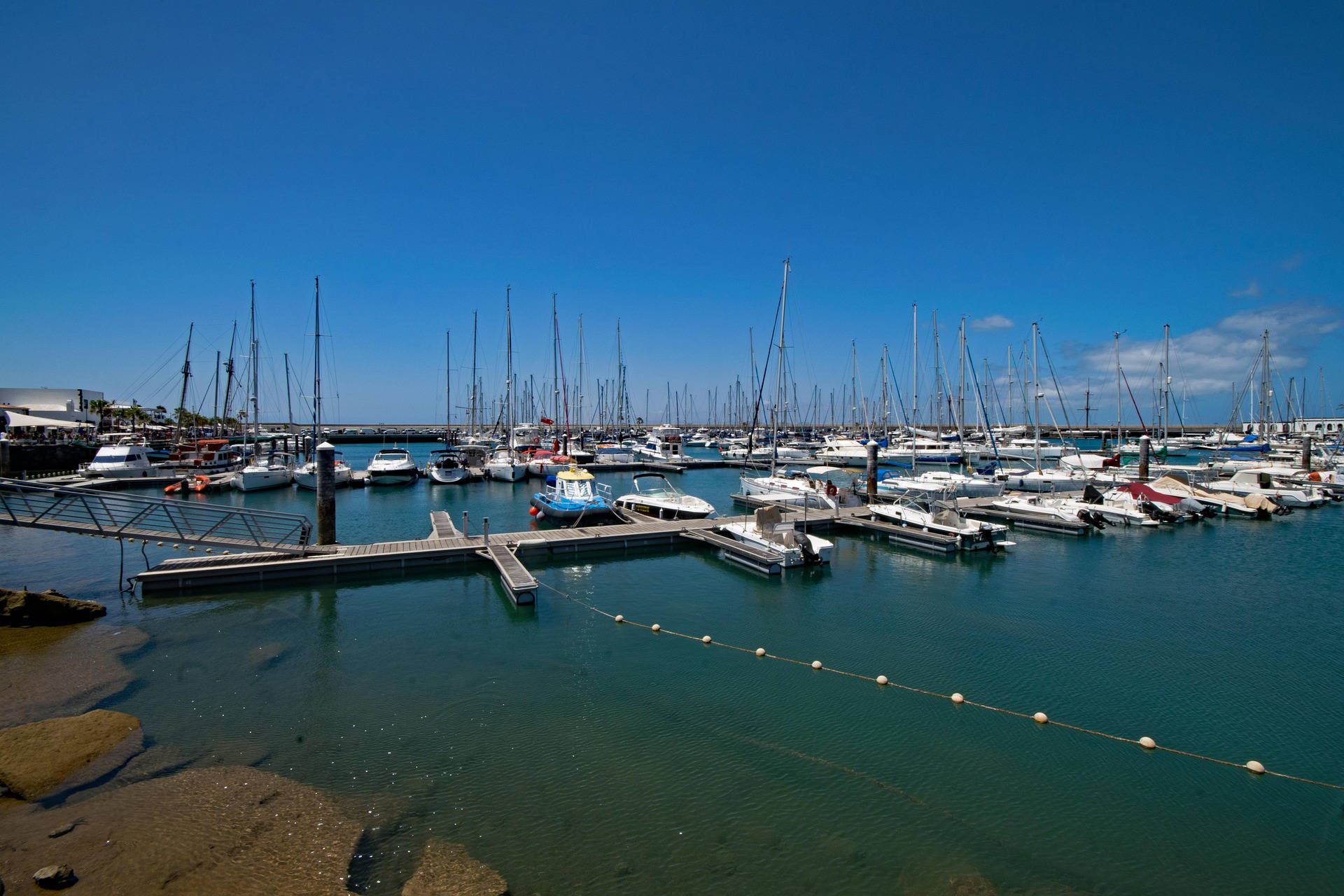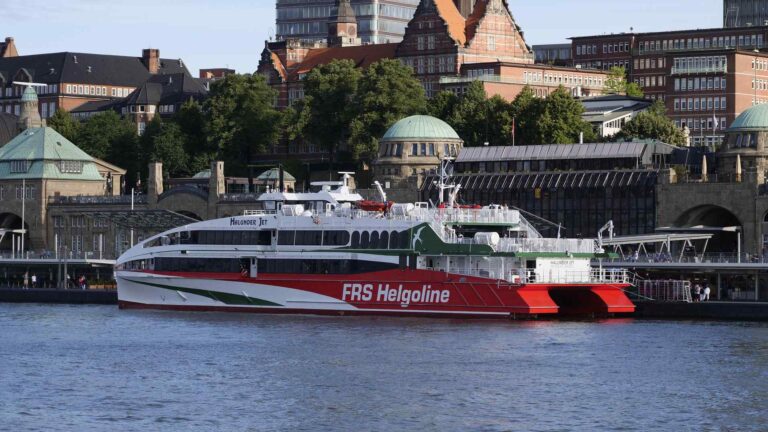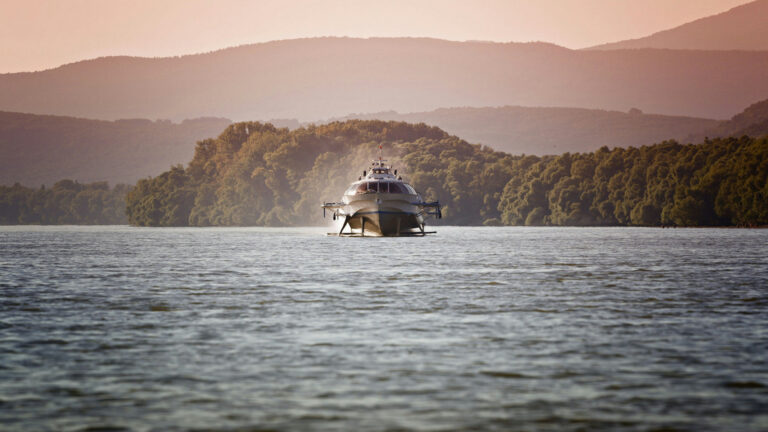Aluminum vs Fiberglass Boat: In-Depth Comparison of 7 Key Characteristics (2025 Edition)
Introduction
When choosing a hull material for your next boat, the debate between aluminum boats and fiberglass boats (FRP boats) is more relevant than ever. Both aluminum alloy (such as AL5083 for plates and AL6082for extrusions) and FRP ( Fiberglass Reinforced Plastic) are widely used, but which is the best fit for your needs?
This comprehensive comparison evaluates structural strength, weight efficiency, corrosion resistance, maintenance and repair, speed and stability, and environmental impact—helping you decide between aluminum vs fiberglass boats .
1. Price Comparison
Fiberglass boats require the creation of expensive molds, which means they do not have a cost advantage during the initial delivery phase or in small-batch production. However, when production scales up to larger batches, fiberglass boats begin to demonstrate their advantages in terms of cost efficiency and production speed.
2.Structural Strength
Aluminum boats, especially those made from 5083-H116 alloy, offer impressive tensile strength (up to 290MPa) and high impact resistance, withstanding 50kJ/m² impact energy. This is why military vessels like the US Mark VI patrol boat use 6mm welded aluminum armor plating.
However, the aluminum material has a yielding strength of 215 Mpa, and specially, for the after welding the yielding strength will be decreased further to 125 Mpa. So Aluminum welding bead has a yielding strength of 125 Mpa and the rest has a 215 Mpa yielding strength which is enough for the enviromental load on the boat.
Furthermore, the most advantage of the aluminum material is isotropic, say, for a thickness less than 15mm, the aluminum material has same mechnical strength in x, y direction and z (through thickness) direction, which is an big advantage when compare to fiberglass material. The quality of the aluminum plate is guranteed by electrolytic aluminium plant and class.
Premium vinyl ester composite fiberglass boats can reach laminar strength of around 150MPa. However, FRP boats are more brittle, with impact toughness dropping by 40% at -20°C. Rock collisions may result in 50cm or longer radial cracks in fiberglass hulls.
3. Weight Efficiency
The densities of the two materials are as follows, clearly showing that aluminum boats are lighter—an advantage for both top speed and payload:
| Metric | Aluminum Boats | Fiberglass Boats |
|---|---|---|
| Density | 2.7g/cm³ | 1.5-1.8g/cm³ (resin) |
| 24ft Boat Weight | 1200kg (equipped) | 1500kg (equipped) |
| Power-to-Weight | 1:1.4 (lightweight) | 1:1.8 (standard) |
4. Corrosion Resistance
Saltwater Performance:
Aluminum boats require sacrificial anodes for electrical corrosion protection, and hull coatings are highly recommended, In contrast, fiberglass boats naturally resist corrosion due to their non-metallic nature.
Sunlight and Oxidation:
FRP boat hulls are prone to UV aging, embrittlement, and strength loss after prolonged exposure to sunlight and oxidation. In contrast, aluminum alloy hulls experience negligible performance loss but still need corrosion protection in saltwater environments.
5. Maintenance & Repair
For minor scratches or dents, if appearance is not a major concern, aluminum alloy boats have a clear advantage—they typically require little to no treatment. Conversely, fiberglass boats must be carefully repaired to prevent water absorption and increased hull weight over time.
For more severe impacts or larger cracks, both types generally require shipyard repairs. However, most aluminum boat owners do not carry welding equipment onboard, making on-site repairs difficult. In contrast, fiberglass boat owners are more likely to carry resin and fiberglass mat, enabling them to perform temporary repairs themselves if necessary.
6. Speed & Stability
Aluminum boats benefit from lower density and a lower center of gravity, resulting in improved stability and faster cruising speeds compared to similarly sized fiberglass boats. However, fiberglass boats typically have a smoother surface, which reduces drag and can enhance efficiency at lower speeds.
7. Environmental Compliance
Fiberglass can pose health risks to workers during the manufacturing process, and once discarded, it is non-biodegradable, becoming a permanent environmental pollutant. In fact, some South Asian countries have already banned the construction of new fiberglass boats due to these environmental concerns.




